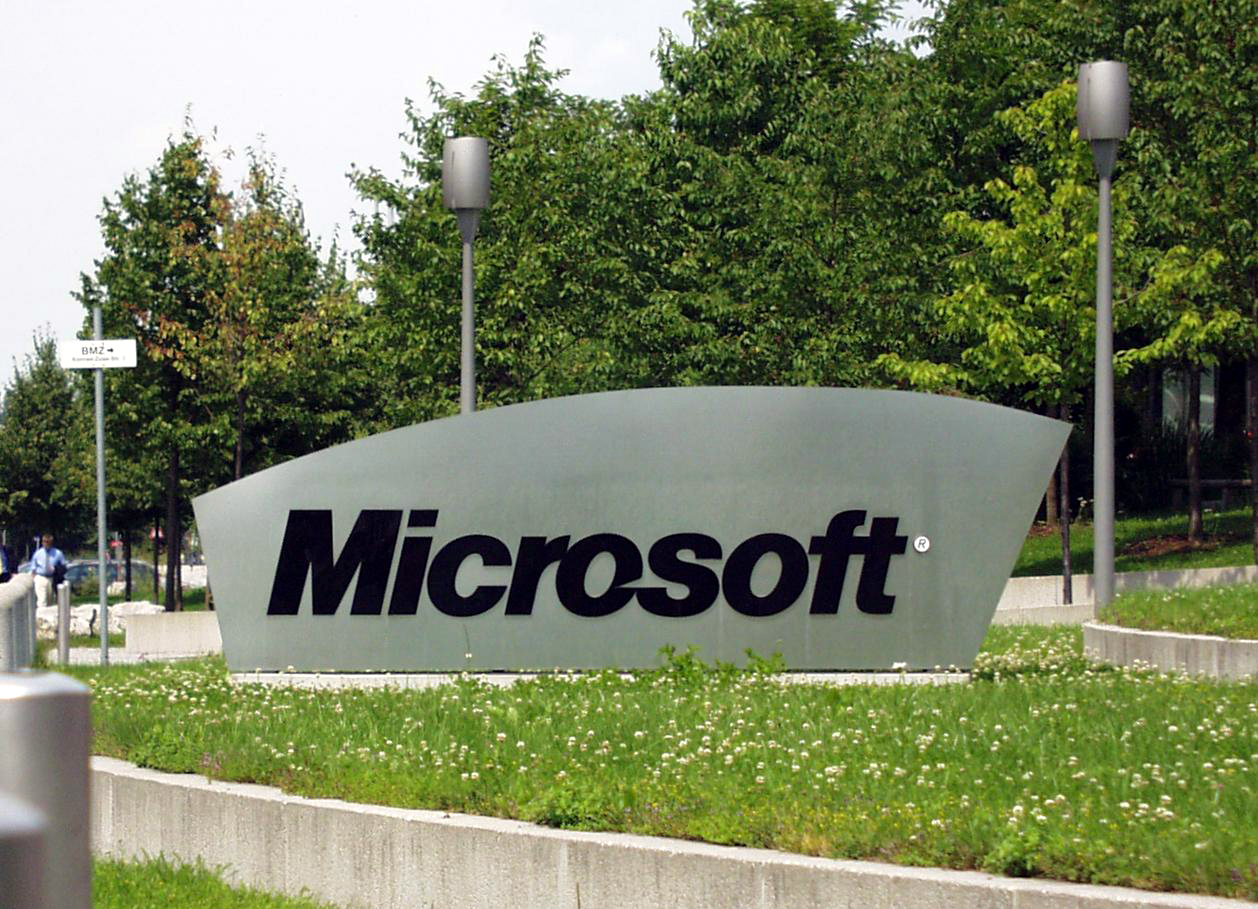Shrinking number of AAA-rated companies is one of the clearest evidence of how actively business has been using borrowed funds to increase payments to shareholders and financing acquisitions. Given the situation with extremely low interest rates, there is little indication that this trend will stop. According to Bank of America Merrill Lynch, the debt on the balance sheet has increased by about $ 4 trillion since the beginning of 2008. This is almost equal to the size of the bond market of US states and cities. "One thing is clear - the trend of avoiding fiscal conservatism, which began at the beginning of 1980's, continues to this day" - said S&P analyst Thomas Watters.
In the US, bond yields of AAA-rated companies (their number also includes Harvard and Stanford universities and the Massachusetts Institute of Technology) is around 2.6%, according to bonds indexes compiled by Barclays. At the time, average yield on AA-companies is only slightly lower - 2.3%. Partly, this difference comes from lack of companies with AAA rating and impact on the Johnson & Johnson and Microsoft’s indices of securities. Volume of traded corporate AAA-rated bonds is about $ 62 billion in the United States (and more than 80% accounted for by these two companies). Next comes AA rating ($ 419 billion), and then - A rating ($ 1,78 bln.). "In a sense, the companies rated AA replaced the AAA, because there is fewer of the latter now," - said Nick Gartside, managing director, the international chief investment officer of the Global Fixed Income, Currency & Commodities group at JP Morgan Asset.
The recent financial crisis has highlighted the speed with which even highly-rated companies may lose access to capital markets, says Jeremy Siegel, professor at the Wharton School of Business at the University of Pennsylvania. In the midst of the crisis in September 2008, banks had stopped lending to corporate, which is why organization, urgently needed funding, found themselves in dire straits. According to Siegel, that shock is now taken into account in many of rating models.
Investors and analysts do not expect companies to quickly cease using borrowed capital. This would interfere with an overall improvement in the ratings, the more so that companies with high ratings, increasing the borrowing, do not have to pay much more. In turn, investors still reckon that highly-rated companies have lesser risk of default.
source: ft.com
In the US, bond yields of AAA-rated companies (their number also includes Harvard and Stanford universities and the Massachusetts Institute of Technology) is around 2.6%, according to bonds indexes compiled by Barclays. At the time, average yield on AA-companies is only slightly lower - 2.3%. Partly, this difference comes from lack of companies with AAA rating and impact on the Johnson & Johnson and Microsoft’s indices of securities. Volume of traded corporate AAA-rated bonds is about $ 62 billion in the United States (and more than 80% accounted for by these two companies). Next comes AA rating ($ 419 billion), and then - A rating ($ 1,78 bln.). "In a sense, the companies rated AA replaced the AAA, because there is fewer of the latter now," - said Nick Gartside, managing director, the international chief investment officer of the Global Fixed Income, Currency & Commodities group at JP Morgan Asset.
The recent financial crisis has highlighted the speed with which even highly-rated companies may lose access to capital markets, says Jeremy Siegel, professor at the Wharton School of Business at the University of Pennsylvania. In the midst of the crisis in September 2008, banks had stopped lending to corporate, which is why organization, urgently needed funding, found themselves in dire straits. According to Siegel, that shock is now taken into account in many of rating models.
Investors and analysts do not expect companies to quickly cease using borrowed capital. This would interfere with an overall improvement in the ratings, the more so that companies with high ratings, increasing the borrowing, do not have to pay much more. In turn, investors still reckon that highly-rated companies have lesser risk of default.
source: ft.com



















